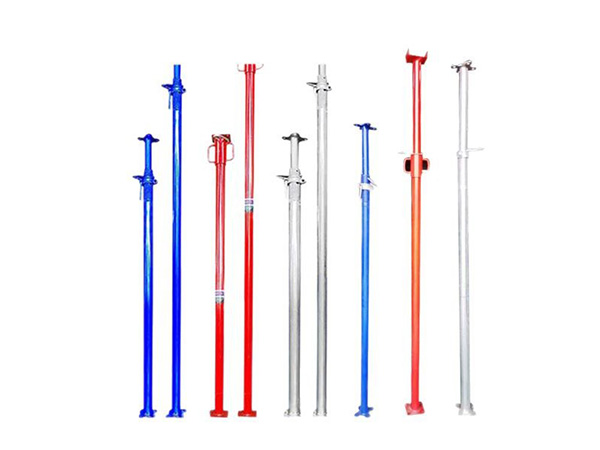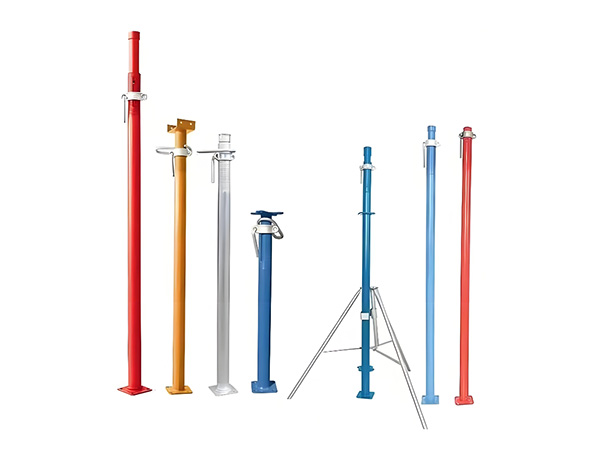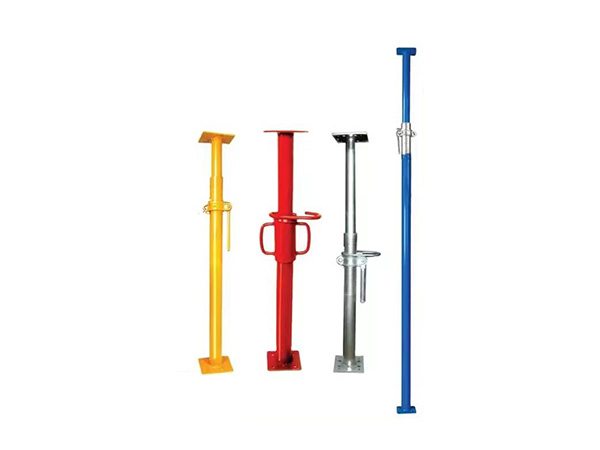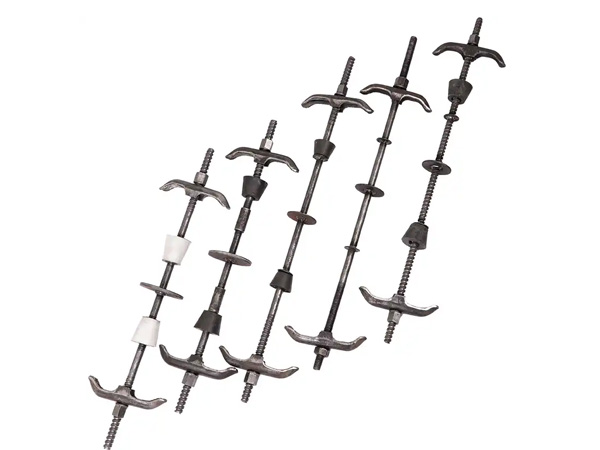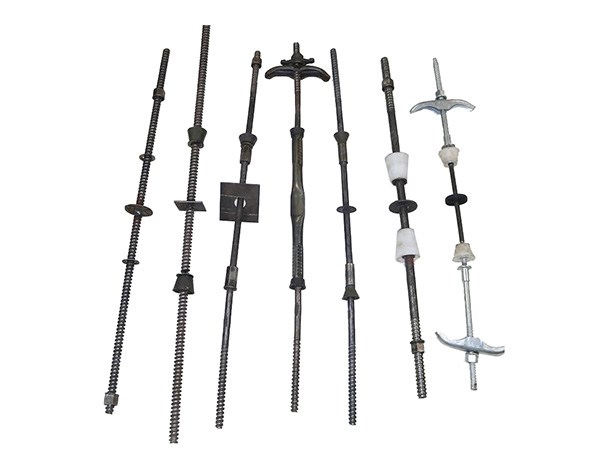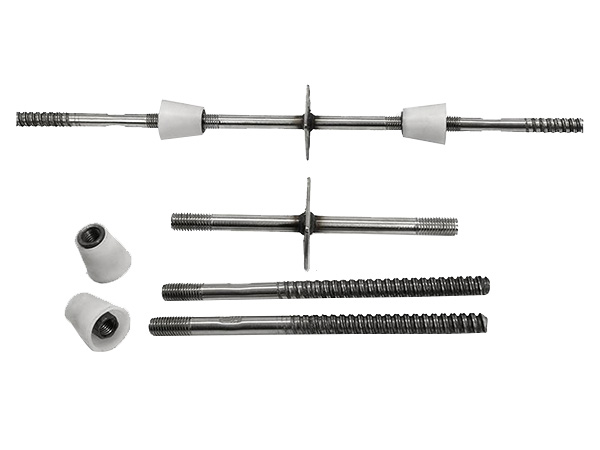- Site Navigation -
NEWS LIST
Is Welding or Bolting Preferred for Steel Support Connections?
Author:yicheng Date:2025-09-03 18:13:30 Hits:68
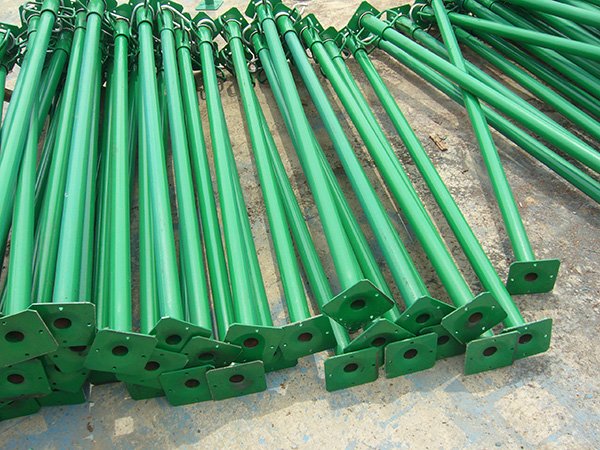
The choice between welding and bolting for steel support connections depends on structural requirements,installation conditions,cost efficiency,and long-term maintainability—there is no universal“preferred”method,but each has distinct advantages and ideal use cases.Below is a detailed breakdown of their strengths,limitations,and typical applications in steel support systems(e.g.,bridge piers,building columns,industrial frames):
1.Welding:Advantages,Limitations,and Ideal Use Cases
Welding creates a permanent,continuous joint by melting and fusing steel components(often with a filler metal).It is valued for structural rigidity and load-carrying efficiency.
Key Advantages
High Structural Rigidity:Welded joints eliminate gaps between components,forming a single,integrated structure.This makes them ideal for supports that need to resist bending,torsion,or dynamic loads(e.g.,bridge piers in seismic zones,industrial supports for heavy machinery).
Space Efficiency:Welded joints require no additional hardware(e.g.,bolts,nuts,washers),so they work well in tight spaces where bolted connections would be too bulky(e.g.,internal bracing for steel columns,connections between support brackets and girders).
Better Fatigue Resistance:Continuous welds distribute stress evenly,reducing the risk of stress concentration(a major cause of fatigue failure).This is critical for supports subjected to repeated loads(e.g.,railway bridge supports,offshore platform legs).
Lower Material Costs(for Large Joints):For large-diameter or thick steel sections,welding avoids the need for expensive high-strength bolts and drilling(which can weaken the steel).
Limitations
Permanent and Hard to Modify:Once welded,joints cannot be disassembled for repairs,adjustments,or replacement.If a welded support needs maintenance,it often requires cutting and re-welding—costly and time-consuming.
Skill-Dependent Quality:Weld quality relies heavily on the welder’s expertise and adherence to standards(e.g.,AASHTO,AWS D1.1).Poorly executed welds(e.g.,with porosity,cracks,or incomplete fusion)create hidden defects that can lead to sudden failure.
Sensitivity to Environmental Conditions:Welding requires controlled conditions(e.g.,dry,clean surfaces,stable temperatures).Outdoor installation in rain,humidity,or extreme cold increases the risk of weld defects and may require temporary enclosures(adding time and cost).
Heat-Induced Distortion:The high heat of welding can cause the steel to warp or bend,especially for thin-walled supports.This requires post-weld straightening(e.g.,heat treatment,mechanical correction)to meet tolerance limits.
Ideal Use Cases for Welding
Load-bearing steel supports in seismic zones(need rigidity to resist lateral forces).
Permanent structures with no future modification needs(e.g.,bridge piers,fixed industrial supports).
Connections subjected to dynamic or cyclic loads(e.g.,wind turbine tower supports,railway bridge bracing).
2.Bolting:Advantages,Limitations,and Ideal Use Cases
Bolting uses mechanical fasteners(bolts,nuts,washers)to clamp steel components together.It is a removable,flexible connection method.
Key Advantages
Removable and Easy to Maintain:Bolted joints can be disassembled and reassembled,making them ideal for supports that need inspection,repairs,or replacement(e.g.,bridge bearing supports,modular steel structures).For example,if a bridge’s bearing pad wears out,bolted connections allow the support to be detached,the pad replaced,and the support reattached—without cutting steel.
Consistent Quality(Less Skill-Dependent):High-strength bolts(e.g.,A325,A490 in the U.S.)are factory-manufactured to strict standards,and installation relies on torque wrenches(to ensure proper tightness)rather than individual welder skill.This reduces variability in joint quality,especially for large-scale projects.
Suitable for Outdoor/Harsh Environments:Bolted joints can be installed in rain,snow,or dusty conditions(with proper surface cleaning and anti-corrosion treatment).They also allow for post-installation adjustments to correct minor alignment errors(e.g.,tightening or loosening bolts to fix small positional deviations).
No Heat-Induced Distortion:Unlike welding,bolting does not generate heat,so it avoids warping thin-walled steel supports or damaging nearby components(e.g.,electrical wiring,concrete foundations).
Limitations
Lower Rigidity:Bolted joints have small gaps between the bolt and hole(to allow alignment during installation),which can cause slight movement under load.This makes them less ideal for supports requiring extreme rigidity(e.g.,torsion-resistant industrial frames).
Higher Hardware and Installation Costs:High-strength bolts,nuts,and washers are more expensive than welding consumables(e.g.,filler wire).Additionally,drilling precise holes in steel(to fit bolts)adds labor and material costs(drilling removes steel,which may require thicker sections to maintain strength).
Risk of Loosening Under Vibration:In supports subjected to constant vibration(e.g.,heavy machinery,subway tunnel supports),bolts can loosen over time.This requires periodic re-torquing or the use of locking mechanisms(e.g.,lock washers,thread-locking adhesive)—adding maintenance work.
Space Requirements:Bolted joints need clearance for tools(e.g.,torque wrenches)during installation and maintenance.This can be a problem in tight spaces(e.g.,internal bracing for narrow steel columns).
Ideal Use Cases for Bolting
Supports requiring future maintenance or modification(e.g.,bridge bearing supports,modular building columns).
Outdoor or remote installations(e.g.,highway overpass supports,telecommunication tower legs)where welding conditions are hard to control.
Temporary or semi-permanent structures(e.g.,construction scaffolding supports,portable industrial frames)that may need disassembly.
Connections where alignment adjustments are needed(e.g.,prefabricated steel supports installed on uneven concrete foundations).
3.Hybrid Connections:Combining Welding and Bolting
In many cases,engineers use a hybrid approach to leverage the strengths of both methods:
Primary Weld+Secondary Bolts:For critical load-bearing joints(e.g.,bridge pier-to-girder connections),a primary weld provides rigidity,while a few bolts add redundancy and allow for minor alignment adjustments during installation.
Bolted Assembly+Welded Finalization:For prefabricated supports(e.g.,steel truss supports),components are bolted together on-site for easy alignment,then key joints are welded to create a permanent,rigid structure.







